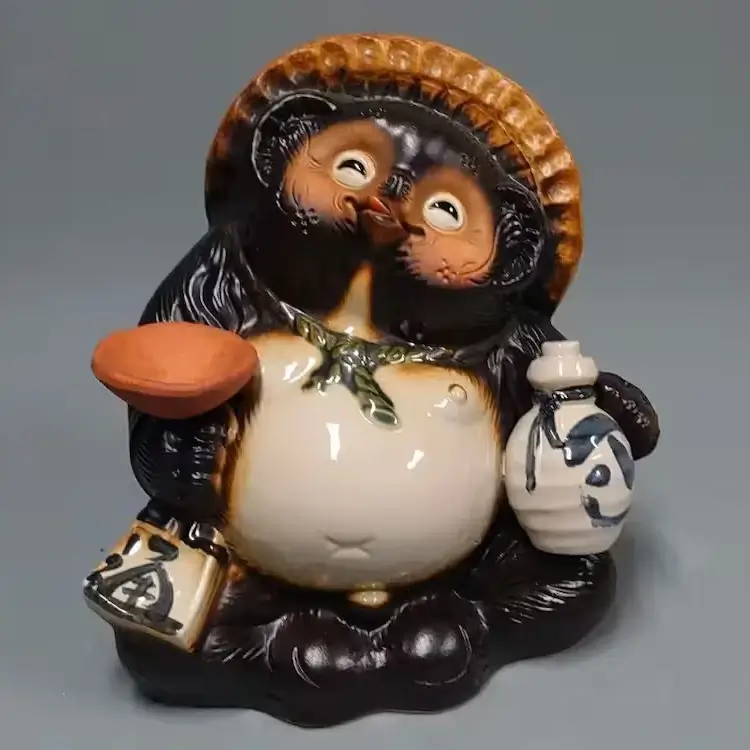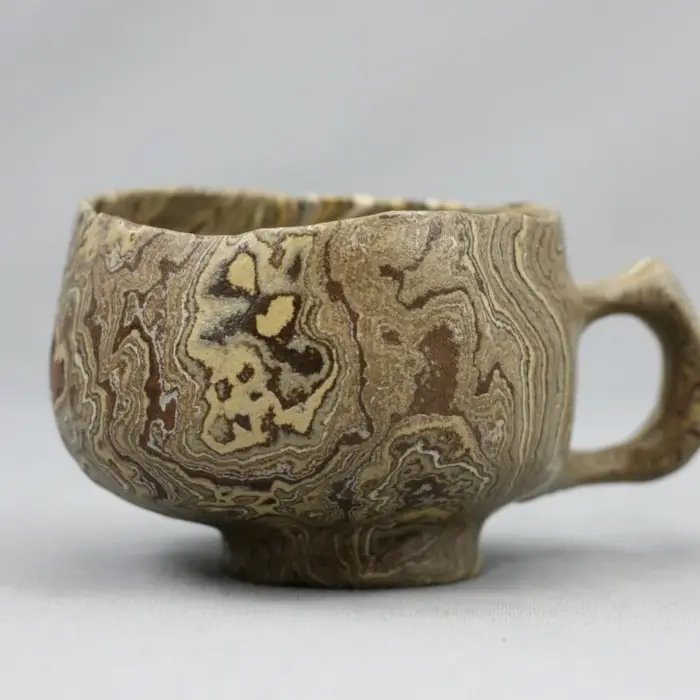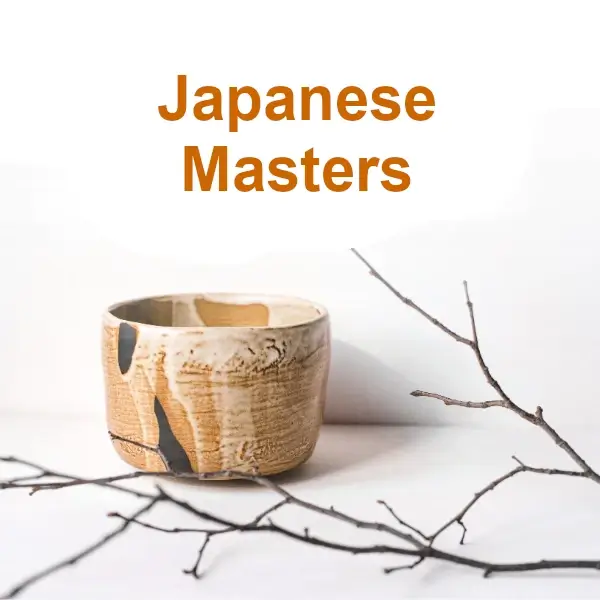The most beautiful Japanese Bizen ceramics
This beautiful pottery, also known as Bizen-yaki, is a unique form of pottery produced in the area of Bizen City, Okayama Prefecture. The original kiln in this Japanese town is included in the Six Ancient Kilns of Japan, along with Shigaraki, Tamba, Echizen, Seto and Tokoname, and is famous for its traditions that have endured to the present day. What distinguishes this famous pottery is its peculiar method of creation without using glaze, which gives it a rustic and simple appearance, making each piece special.

History of Bizen ceramics
The history of Bizen-yaki dates back to the Kofun period, influenced by Sue ware introduced from the Korean peninsula. It is believed that Bizen ware began to define itself during the Heian period, initially with the production of bowls and roof tiles.
Over the centuries, especially during the Kamakura and Muromachi periods, the use of hiyose clay developed, giving rise to the characteristic reddish hues of Bizen-yaki. In the Azuchi-Momoyama period, Bizen-yaki was favored by important historical figures, and became a favorite choice for the tea ceremony because of its simplicity that complemented the spirit of wabi-sabi.
Bize-yaki production process
Bizen’s firing process includes distinctive techniques and visual styles, such as “Goma,” where charcoal ash melts with heat to form a natural glaze; Sangiri, which results from partially burying the vessel in sand inside the kiln; and Hidasuki, which produces scarlet lines from rice straw wrapped around the piece before firing. These methods give each piece of Bizen-yaki a unique and unpredictable aesthetic.
Bizen pottery is prized among Japanese ceramics for its unique texture and tactile quality, achieving a singular aesthetic through an unglazed, high-temperature firing process. Despite its primitive and raw appearance, Bizen-yaki maintains a refined elegance, proving that simplicity can be profoundly beautiful.
Bizen pottery, through artists such as Mori Toshiaki, has transcended borders, carrying its charm beyond Japan to international audiences. This global expansion underscores the continued relevance and universal appeal of Bizen pottery, admirably fusing tradition with innovation and perpetuating its rich cultural legacy.
The best works in Japanese ceramics
Cover photo: Bizen ceramic piece by StonewareTreasury
We hope you liked this post. It will help us if you share it on social networks .
Tanuki: The raccoon dog with a magical scrotum and great fortune
Exploring the unique art of Muan Nakazato: Ceramics with Soul
Meet the Japanese master Ōgata Kenzan and his art in Ceramics.



